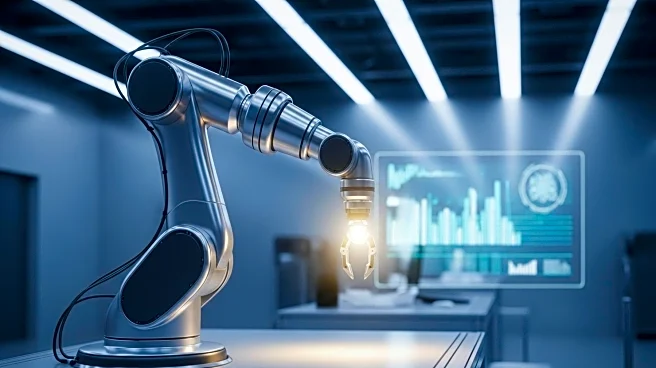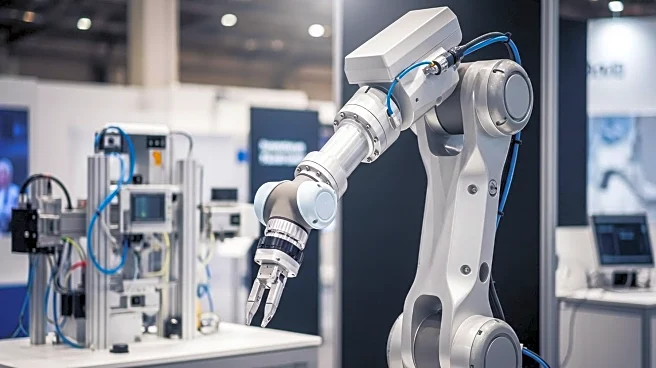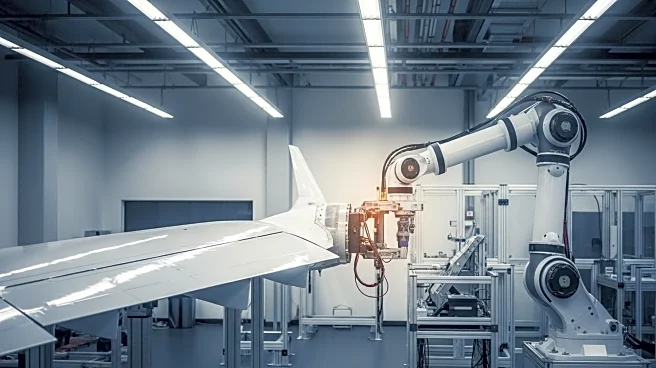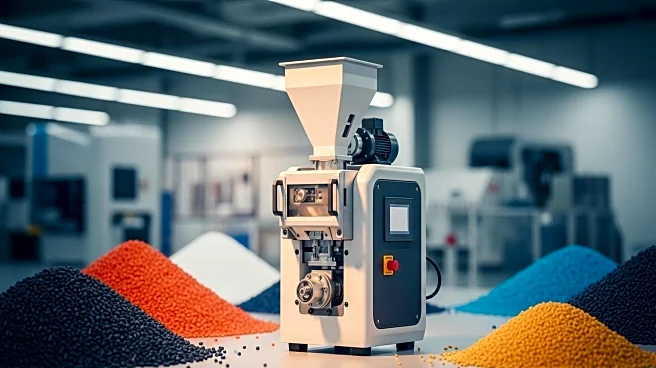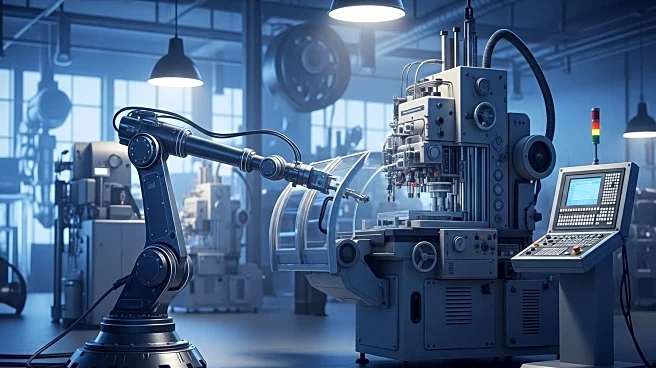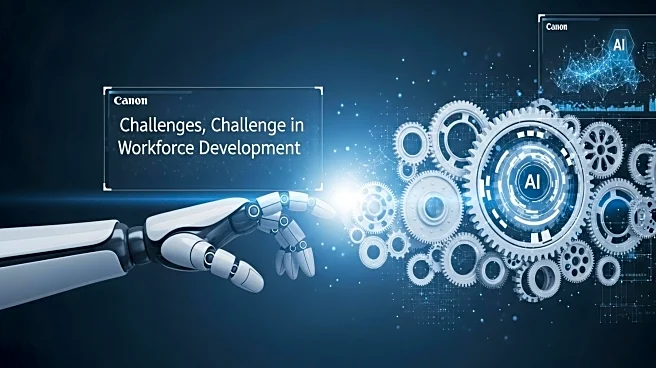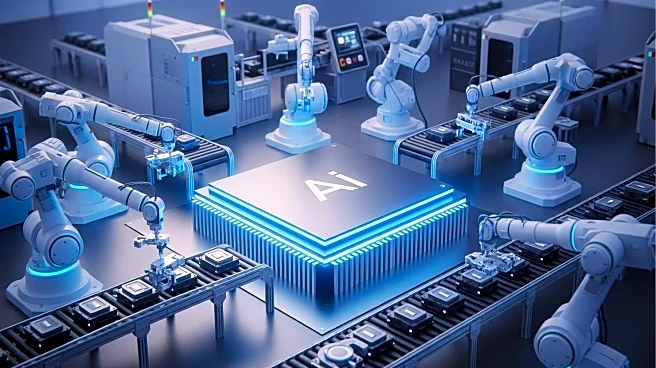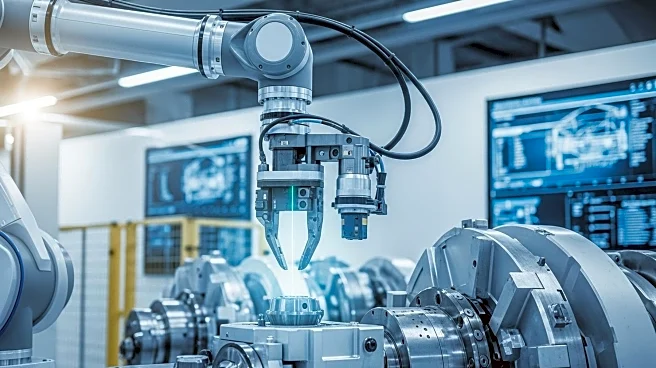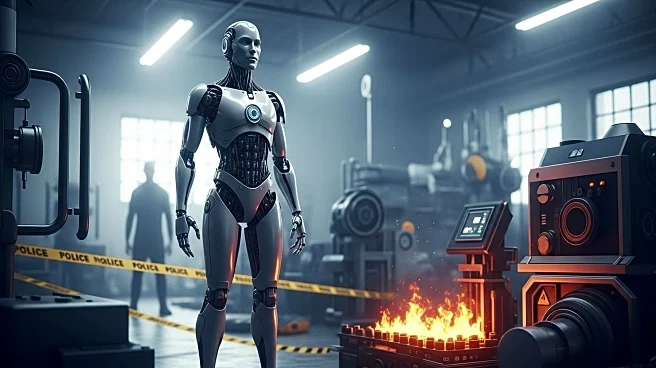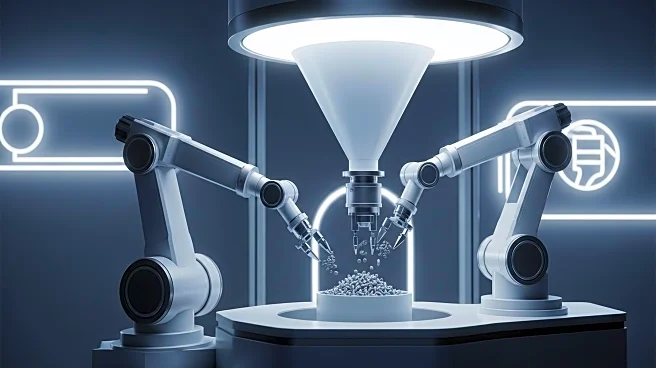What is the story about?
What's Happening?
The industrial automation sector is experiencing a boom, projected to reach $226.8 billion by 2025. However, the industry faces challenges due to technology fragmentation and a workforce largely composed of older generations. The sector's slow pace of innovation and diverse technologies complicate standardization and interoperability, affecting time-to-market. As Baby Boomers retire, the industry must attract younger talent, who may be deterred by outdated tools and complex workflows. Companies are urged to focus on usability and frictionless software to appeal to Gen Z workers, who expect intuitive and engaging interfaces.
Why It's Important?
The industrial automation sector's growth is crucial for manufacturing efficiency and economic development. However, the industry's ability to sustain this growth depends on attracting and retaining young talent. The current technology fragmentation poses a risk to innovation and productivity, potentially slowing down the sector's progress. By simplifying software and focusing on usability, companies can make the industry more appealing to younger workers, ensuring a smooth transition as older employees retire. This shift is essential for maintaining competitiveness and meeting the demands of a rapidly changing market.
What's Next?
Companies in the industrial automation sector may invest in developing user-friendly software tools and training programs to attract young talent. The industry could see increased collaboration with educational institutions to integrate relevant skills into curricula, preparing students for careers in automation. As the sector evolves, businesses might prioritize innovation and adaptability to meet the expectations of a digitally native workforce.
Beyond the Headlines
The cultural shift towards usability in industrial automation reflects broader trends in technology adoption and workforce expectations. The industry's ability to adapt to these changes will influence its long-term sustainability and impact on global manufacturing. Ethical considerations, such as the balance between automation and human labor, will continue to shape the sector's development.
AI Generated Content
Do you find this article useful?
